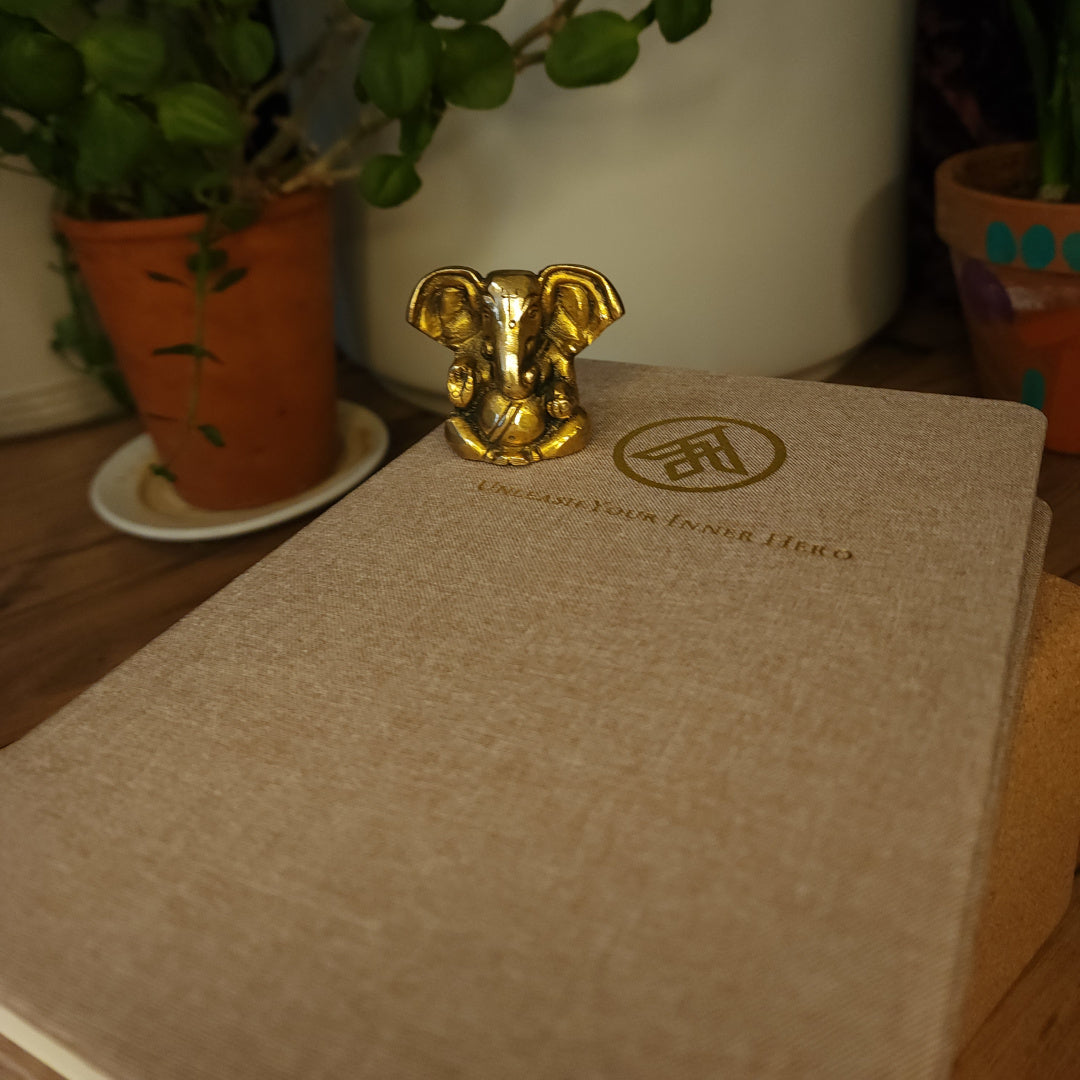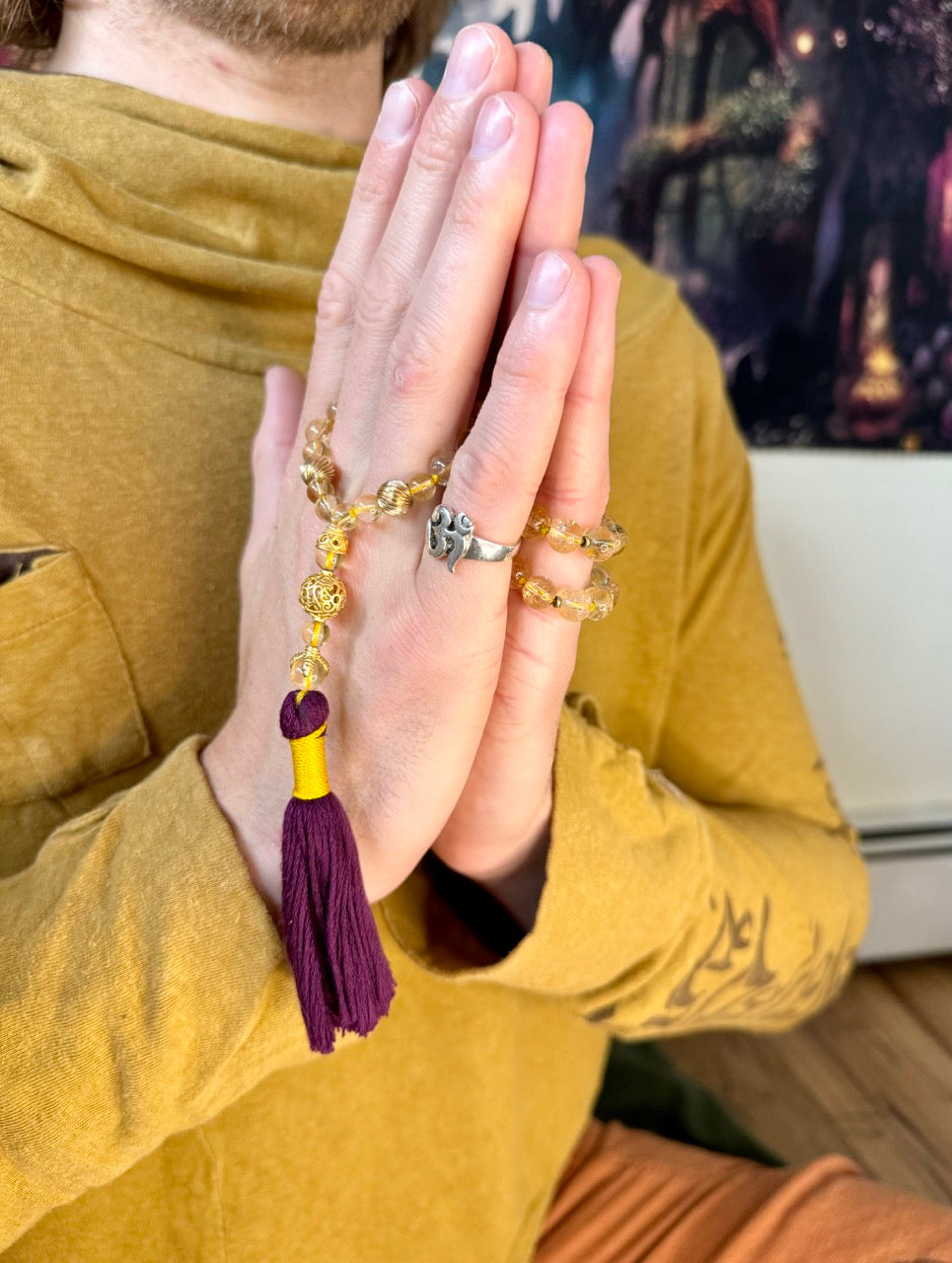Manomaya Kosha (Mental Body)
Jack UtermoehlShare
Manomaya kosha is the third layer of human existence, representing the mental body.
In yogic philosophy, manas means "mind" or "thought," and maya means "made of," signifying that this sheath is composed of mental activity, emotions, and sensory processing.
It governs thoughts, memory, perception, and reactions to experiences.
This kosha is the bridge between the outer world and inner consciousness, influencing how we interpret reality and respond to life’s challenges.
Etymology and Meaning
Sanskrit Spelling: मनोमय कोश
Root Words: "Manas" (mind, thought) + "Maya" (made of) + "Kosha" (sheath, layer)
Translation Variations: Mental body, thought sheath, psychological layer
Pronunciation: Manomaya Kośa [MAH-noh-mah-yah KOH-shah]
Manomaya kosha processes sensory input, forms emotions, and dictates habitual thinking patterns.
It can either lead to clarity and focus or become a source of distraction, stress, and overthinking.
Role of Manomaya Kosha in Yogic Philosophy
The mental body plays a key role in perception, decision-making, and emotional regulation. It is influenced by:
Thoughts: The quality of thinking determines inner peace or turmoil.
Emotions: Feelings are shaped by past experiences and mental conditioning.
Beliefs: Deep-seated ideas about self and reality influence how life is experienced.
When manomaya kosha is balanced, the mind is calm, focused, and clear. When disturbed, it creates anxiety, negativity, and attachment to mental fluctuations.
Symbolism in Yoga Philosophy
Manomaya kosha is often symbolized as a mirror. A clean mirror reflects reality clearly, while a dusty or cracked mirror distorts what is seen.
Similarly, when the mind is calm, it perceives truth; when clouded by distractions, it creates illusion.
Jewelry Designed for Your Practice
We created this collection to honor the wisdom and beauty of yoga. Each piece is crafted with intention to support your journey, on and off the mat.
Practical Application
In Yoga Practice
- Use meditation to observe and quiet mental fluctuations.
- Engage in mindfulness techniques to develop present-moment awareness.
- Practice journaling or self-reflection to identify recurring thought patterns.
In Daily Life
- Limit exposure to mental overstimulation (news, social media, negativity).
- Reframe negative thoughts by practicing gratitude and positive affirmations.
- Cultivate inner stillness through breath awareness and deep listening.
Quotes and Wisdom
"The mind is everything. What you think, you become." — Buddha
"Master your mind, and you master your life."
Modern Relevance
In today’s fast-paced world, manomaya kosha is constantly overstimulated by information, distractions, and emotional turbulence.
Mental health challenges, stress, and anxiety arise from imbalances in this kosha.
By training the mind through mindfulness, meditation, and conscious thinking, individuals cultivate greater peace, clarity, and emotional resilience.
Related Concepts
Vijnanamaya Kosha: The wisdom sheath, which brings deeper discernment beyond habitual thought.
Pratyahara: The withdrawal of the senses, helping to quiet mental distractions.
Read: Understanding the Koshas
How to Balance Manomaya Kosha
Mindset: Recognize that thoughts are not absolute truths but temporary mental formations.
Actions: Meditate, reflect, and engage in mindful activities that bring mental clarity.
Reflection: Notice thought patterns and how they shape emotions and actions.
Suggested Reading
- The Yoga Sutras of Patanjali
- The Power of Now by Eckhart Tolle.
- The Untethered Soul by Michael A. Singer.
Conclusion
Manomaya kosha represents the mental body, shaping thoughts, emotions, and perception.
By cultivating awareness, mindfulness, and inner stillness, individuals refine their minds, leading to greater clarity, emotional balance, and self-mastery.







